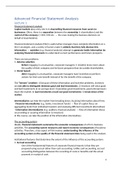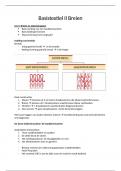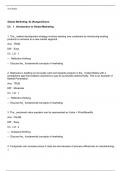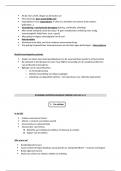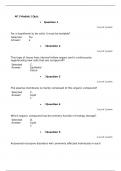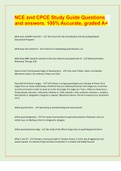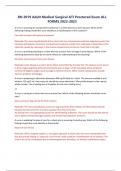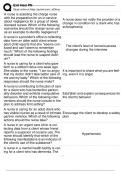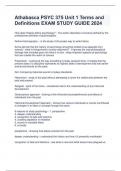Samenvatting
Summary Advanced Financial Statement Analysis incl. examples (grade: 9,3)
- Instelling
- Erasmus Universiteit Rotterdam (EUR)
This is an English summary of the (Erasmus) Master course "Advanced Financial Statement Analysis" (book & lectures). It also includes examples, which makes it easier to understand. For this course, I got a 9,3.
[Meer zien]
